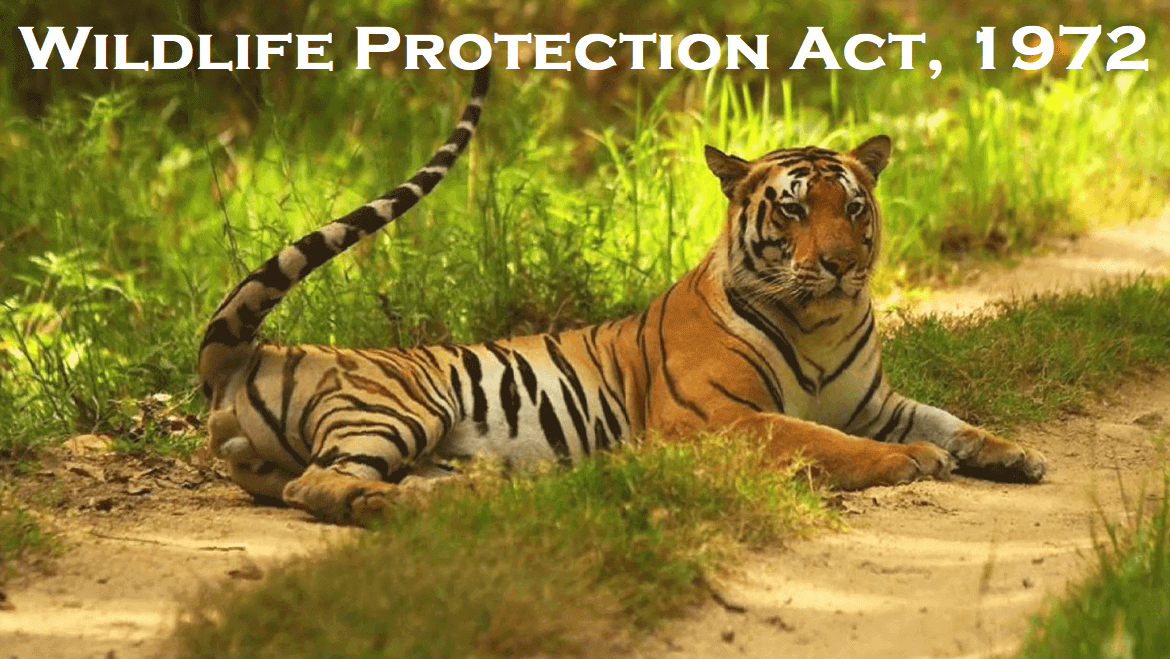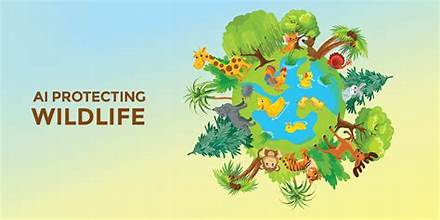Introduction
In 2024, wildlife conservation faces unprecedented challenges and opportunities. As human encroachment and climate change continue to impact ecosystems, technology emerges as a critical tool in protecting and preserving wildlife. This article explores innovative strategies in wildlife protection, highlighting how cutting-edge technologies are reshaping conservation efforts and enhancing our ability to safeguard endangered species.
1. Advanced Monitoring Systems
1.1. Drones for Aerial Surveillance
Drones have revolutionized wildlife monitoring by providing aerial perspectives that were previously unattainable. Equipped with high-resolution cameras and thermal imaging, drones can survey large areas, detect poachers, and monitor animal movements with remarkable precision. In 2024, drone technology has advanced to include AI-powered analytics, enabling real-time data processing and improved decision-making for conservationists.
1.2. Smart Collars and GPS Tracking
Smart collars and GPS tracking devices have become indispensable tools in wildlife research. These devices allow for continuous monitoring of animal behavior, migration patterns, and habitat use. Recent advancements include smaller, more durable collars with enhanced battery life and data storage capacity, providing more detailed insights into animal health and environmental changes.
2. Artificial Intelligence in Conservation
2.1. AI-Powered Data Analysis
Artificial Intelligence (AI) is transforming wildlife conservation by analyzing vast amounts of data more efficiently than ever before. AI algorithms can process data from camera traps, acoustic sensors, and satellite imagery to identify species, track populations, and detect anomalies. This technology enables researchers to make informed decisions quickly and address threats before they escalate.
2.2. Predictive Modeling
Predictive modeling uses AI to forecast future scenarios based on current data. In wildlife conservation, this technology helps predict the impact of climate change, habitat loss, and human activities on various species. By simulating different conservation strategies, AI-driven models assist in selecting the most effective approaches to protect endangered wildlife.
3. Blockchain for Transparency and Accountability
3.1. Tracking Wildlife Trade
Blockchain technology is being utilized to combat illegal wildlife trade by providing a transparent and immutable record of transactions. By tracking the origin and movement of wildlife products, blockchain helps ensure that conservation efforts are not undermined by illegal activities. This technology enhances accountability and supports the enforcement of international wildlife protection regulations.
3.2. Enhancing Data Security
Blockchain also improves data security in conservation projects by creating secure, decentralized databases. This prevents tampering and ensures that critical information about wildlife populations, habitats, and conservation efforts is accurate and reliable. Secure data management is crucial for effective conservation planning and policy-making.
4. Virtual Reality for Education and Awareness
4.1. Immersive Experiences
Virtual Reality (VR) offers immersive experiences that educate the public about wildlife and conservation issues. By creating virtual environments that simulate natural habitats and interactions with wildlife, VR helps foster a deeper understanding and appreciation of biodiversity. These experiences can inspire action and support for conservation initiatives.
4.2. Training and Simulation
VR is also used for training conservationists and researchers, providing realistic simulations of field conditions and scenarios. This technology helps prepare professionals for challenging situations, enhancing their ability to respond effectively to emergencies such as poaching incidents or natural disasters.
5. Eco-friendly Technologies and Innovations
5.1. Renewable Energy Solutions
Renewable energy technologies, such as solar and wind power, are being integrated into conservation efforts to reduce the environmental impact of traditional energy sources. By powering conservation projects with clean energy, organizations can minimize their carbon footprint and contribute to the overall health of ecosystems.
5.2. Sustainable Materials
The use of sustainable materials in wildlife conservation equipment and infrastructure helps reduce waste and pollution. Innovations such as biodegradable collars and eco-friendly building materials contribute to a more sustainable approach to wildlife protection.
Conclusion
In 2024, technology is playing a transformative role in wildlife conservation, offering innovative solutions to age-old challenges. From advanced monitoring systems and AI-driven analysis to blockchain transparency and virtual reality education, these technological advancements are reshaping the landscape of conservation efforts. By leveraging these tools, we can enhance our ability to protect endangered species, preserve biodiversity, and ensure a sustainable future for our planet.










